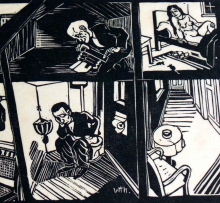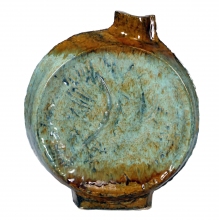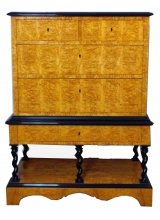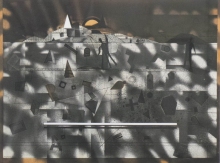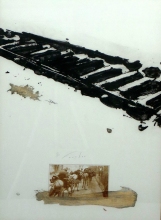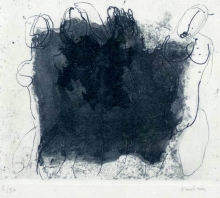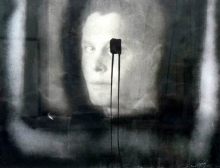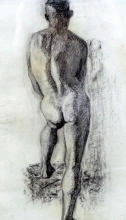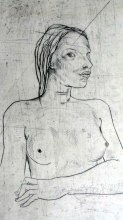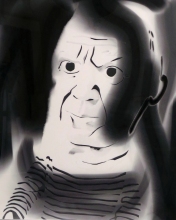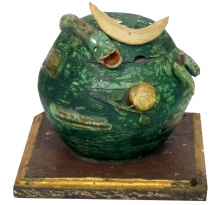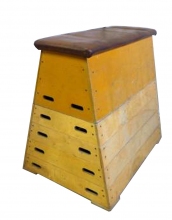This original pastel drawing by Gen Paul is from the time he spent in the United States painting jazz and classical musicians. This subject was of great interest to him.
Born as Eugène Paul in a house in Montmartre painted by Van Gogh, he began drawing and painting as a child. His father died when he was only ten years old and Gen Paul was trained to work in decorative furnishings. He served in the French army during World War I and was wounded twice, losing one of his legs. During his convalescence, he returned to painting, and at Le Bateau-Lavoir he became friends with Juan Gris who helped him a great deal.
While his early works reflected the influences of his friends in Montmartre, Vlaminck, Utrillo and Frank Will, he soon developed dynamic form of expressionism reflecting influences as varied as Toulouse-Lautrec, Van Gogh, Cézanne, Goya, Velázquez and El Greco. Between 1925 and 1929. His paintings during this phase are characterized by motion created by gestural brush strokes, daring compositions, forced perspectives, diagonals, zigzags, juxtaposed areas of abstraction and realism and flat areas of color. Unlike other expressionists of the time such as Soutine, Rouault and the German expressionists, Gen Paul's works are full of optimism - fueled by his passion for life and daily life and his desire to overcome his handicap. Due to the dynamism and motion inherent in his paintings, some consider Gen Paul to be the first action painter, a precursor to the abstract expressionists of the 1950s.
In 1934, he was recognized for his contributions to France and was awarded the Legion of Honor. In 1937, he was contracted to paint a large fresco for the Pavilion of Wines of France at the Paris International Exposition.






